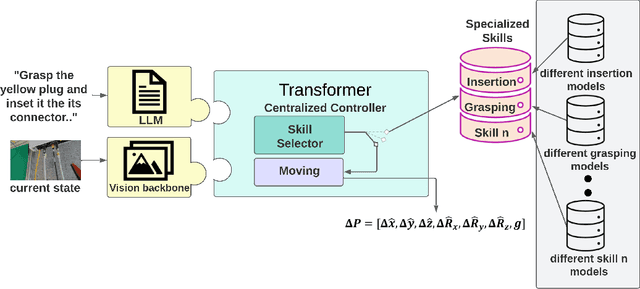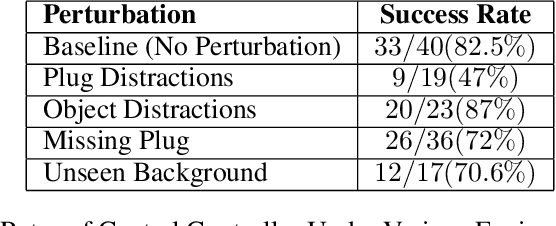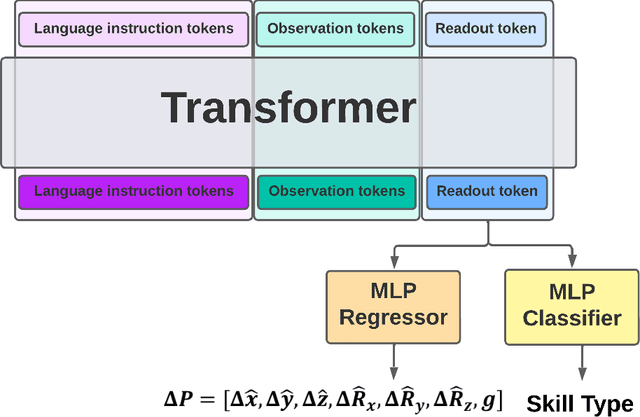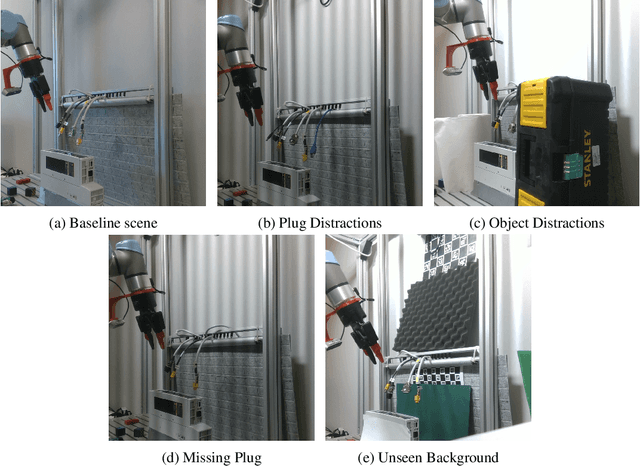Omkar Joglekar
Gradient-Free Neural Network Training on the Edge
Oct 13, 2024



Abstract:Training neural networks is computationally heavy and energy-intensive. Many methodologies were developed to save computational requirements and energy by reducing the precision of network weights at inference time and introducing techniques such as rounding, stochastic rounding, and quantization. However, most of these techniques still require full gradient precision at training time, which makes training such models prohibitive on edge devices. This work presents a novel technique for training neural networks without needing gradients. This enables a training process where all the weights are one or two bits, without any hidden full precision computations. We show that it is possible to train models without gradient-based optimization techniques by identifying erroneous contributions of each neuron towards the expected classification and flipping the relevant bits using logical operations. We tested our method on several standard datasets and achieved performance comparable to corresponding gradient-based baselines with a fraction of the compute power.
Towards Natural Language-Driven Assembly Using Foundation Models
Jun 23, 2024



Abstract:Large Language Models (LLMs) and strong vision models have enabled rapid research and development in the field of Vision-Language-Action models that enable robotic control. The main objective of these methods is to develop a generalist policy that can control robots with various embodiments. However, in industrial robotic applications such as automated assembly and disassembly, some tasks, such as insertion, demand greater accuracy and involve intricate factors like contact engagement, friction handling, and refined motor skills. Implementing these skills using a generalist policy is challenging because these policies might integrate further sensory data, including force or torque measurements, for enhanced precision. In our method, we present a global control policy based on LLMs that can transfer the control policy to a finite set of skills that are specifically trained to perform high-precision tasks through dynamic context switching. The integration of LLMs into this framework underscores their significance in not only interpreting and processing language inputs but also in enriching the control mechanisms for diverse and intricate robotic operations.
ISCUTE: Instance Segmentation of Cables Using Text Embedding
Feb 27, 2024Abstract:In the field of robotics and automation, conventional object recognition and instance segmentation methods face a formidable challenge when it comes to perceiving Deformable Linear Objects (DLOs) like wires, cables, and flexible tubes. This challenge arises primarily from the lack of distinct attributes such as shape, color, and texture, which calls for tailored solutions to achieve precise identification. In this work, we propose a foundation model-based DLO instance segmentation technique that is text-promptable and user-friendly. Specifically, our approach combines the text-conditioned semantic segmentation capabilities of CLIPSeg model with the zero-shot generalization capabilities of Segment Anything Model (SAM). We show that our method exceeds SOTA performance on DLO instance segmentation, achieving a mIoU of $91.21\%$. We also introduce a rich and diverse DLO-specific dataset for instance segmentation.
 Add to Chrome
Add to Chrome Add to Firefox
Add to Firefox Add to Edge
Add to Edge